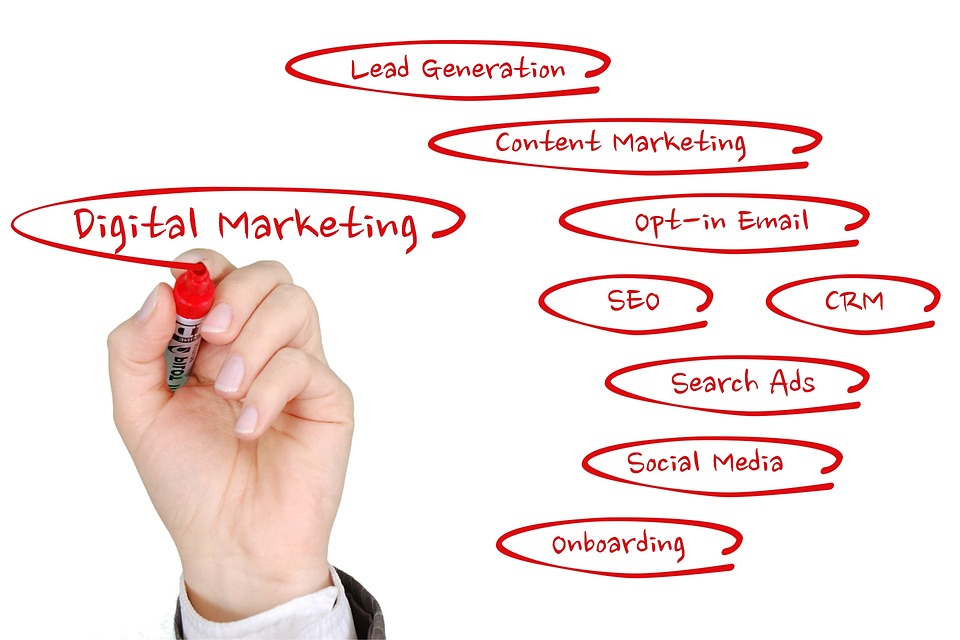In 2020, there are several marketing approaches used in the B2B community. However, getting ahead of your competition involves using approaches they might not know about or don’t realize are effective.
Below are three marketing approaches that you might not expect, whether they go against advice you’ve received before, seem outdated, or for another reason. Staying current on marketing approaches will keep your business from falling behind.
Focus on One Social Media Platform
This one might shock you. You might think that with numerous social media networks available, including YouTube, Instagram, and Facebook, you ought to be active on each of them. Isn’t that the way to connect with businesses who will buy your products or services?
The answer is “no.” But it’s not that simple. While you can certainly create a business profile on each network, being active on all of them would take a great deal of time and likely not be worth the effort in many cases. Your target audience likely gravitates toward a certain network, so that is the one to be on.
Only when you devote your time to the one social media channel will you be able to get the full potential from it. That is the modern take.
Use Account-Based Marketing
You’ve likely had the traditional inbound marketing funnel drilled into your head. First, attract people to your site and get their email through a form, then send automated emails their way, and, finally, identify target companies. However, ABM or account-based marketing uses an approach that is essentially the opposite of traditional inbound marketing, and it is creating a buzz in the B2B community.
With ABM, you begin with the target companies and keep your focus on that one prospect from the start. Having a laser focus and creating a personalized approach is a core feature of ABM, and you can create different account-based campaigns for various business goals.
The highly targeted approach differs from the broader content marketing strategy that many of your competitors are likely using today. With the goal to “land and expand,” this marketing strategy has the potential to convert prospects into new customers and grow sales from existing customers by upselling to them.
Partner with Another Brand
Right away, your panic level might rise, thinking that you might lose sales to another brand. But, let’s be clear here, you are not teaming up with brands that you compete against in the same space.
Instead, your goal is to leverage both of your networks and bring you both more business contacts to increase sales in the future. Exactly how you partner up will depend on your goals, strengths, and what appeals to your target audience.
By teaming up, your two brands together can provide new value to customers and be more powerful than you are alone. You might start a long-term relationship that has benefits you didn’t see coming.
Surprised? Final Words on Marketing Strategies
As the three approaches above show, marketing is not always what you would expect. While your business might be comfortable with a certain campaign, perhaps it is time to step outside of the box and try a different one.





